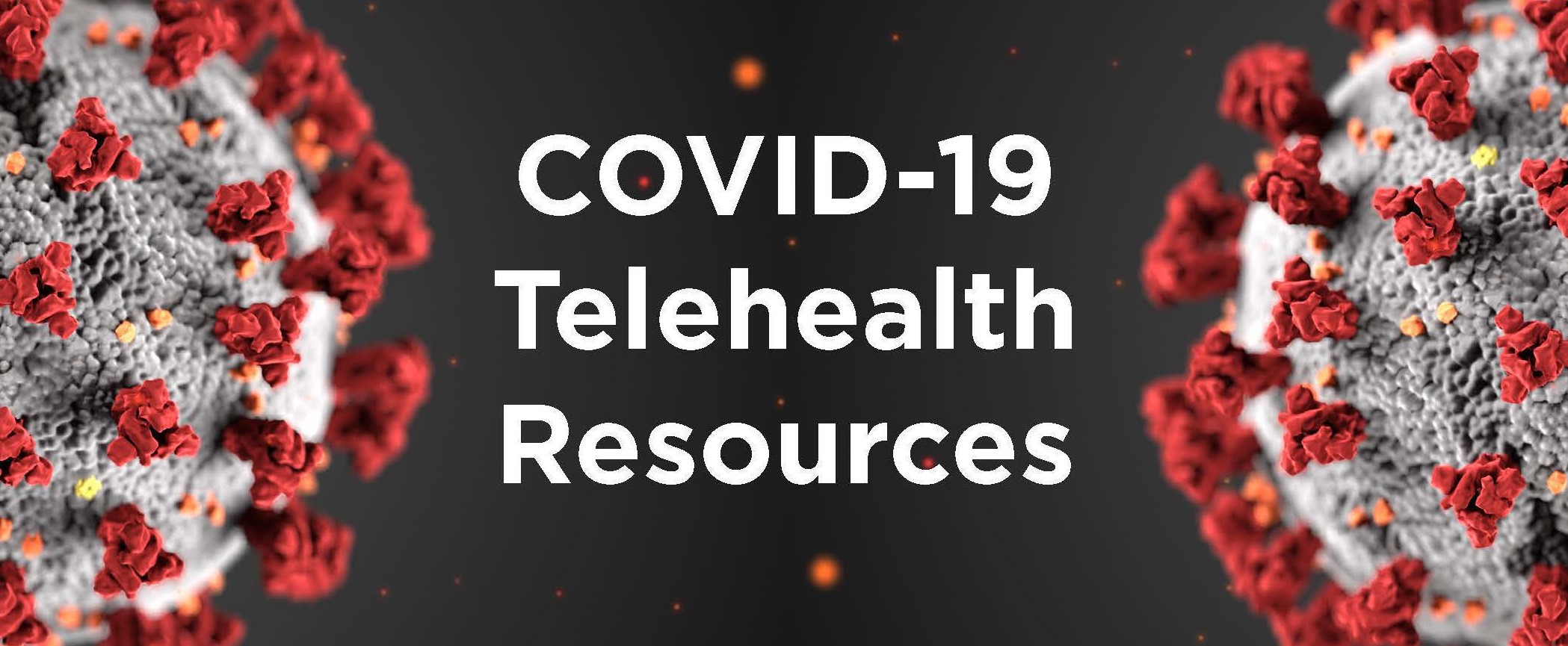Telehealth is playing a key role in expanding access to patient care during the COVID-19 pandemic. The Missouri Telehealth Network, its Show-Me ECHO program and their state and national partners are committed to helping providers during this particularly challenging time. The resources listed below include a variety of regularly updated facts, toolkits, educational opportunities and guidance related to how telehealth is addressing COVID-19.
Helping Patients With Telehealth Visits
Heartland Telehealth Resource Center (HTRC) created a new video to help patients make the most of their next telehealth appointment. The video educates patients about steps they should take before, during and after telehealth visits. HTRC and Show-Me ECHO also launched a Telemedicine ECHO last year to address the pandemic and increasingly growing interest in telehealth.
MU Joins U.S. Nursing Home Network
University of Missouri’s Show-Me ECHO program is an official training center with the new Nursing Home COVID-19 Network. ECHO programs around the country recruited nursing homes to join an interactive community of practice to advance improvements in COVID-19 preparedness, safety and infection control. The network is supported by the Agency for Healthcare Research and Quality in collaboration with the Institute for Healthcare Improvement. Click here to learn more.
Hot Spots for Telehealth in Missouri
Missouri Telehealth Network is helping the state’s Federally Qualified Health Centers (FQHCs) and Community Mental Health Centers (CMHCs) provide virtual care to patients during the COVID-19 pandemic. Network grant money provides Wi-Fi hot spots to FQHCs and CMHCs for use by patients and staff. The hot spots, which are mobile Wi-Fi devices that use cellular data to give users access to the Internet, can be used by patients for telehealth visits or by clinic staff who travel to patient homes or deliver care through mobile health vehicles. The hot spots and data usage are provided at no cost to health care organizations or patients. Click here to learn more.
COVID-19 & Kids ECHO Launches
The new COVID-19 & Kids ECHO will provide up-to-date information and support for health care, school and public health professionals across Missouri. A team of pediatric infectious disease physicians and other experts will share information about the latest developments, answer questions, and discuss management of de-identified patient and student cases presented by participants. The Missouri Chapter of the American Academy of Pediatrics and Missouri Telehealth Network are partnering to support primary care physicians and other providers, school leaders and nurses, and local public health agencies to support the health and well-being of Missouri children. Click here to learn more.
CDC Shares Missouri COVID Insight
“The success of MU Health Care’s rapid adjustment and response to the COVID-19 pandemic lies in its dedicated workforce, strong collaborative learning network, expertise in rural health, and robust telehealth infrastructure,” according to the piece published by the Centers for Disease Control and Prevention in its journal Preventing Chronic Disease. Click here to learn more.
State Health Director Delivers Update
COVID-19 ECHO participants received a comprehensive update on June 15 from Randall Williams, MD, director of the Missouri Department of Health and Senior Services. Missouri officially entered Phase 2 of its “Show Me Strong Recovery” Plan on June 16. Click here for video recordings of all COVID-19 ECHO sessions and to learn more about participating.
Telemedicine ECHO
The Heartland Telehealth Resource Center and Missouri Telehealth Network are offering a Telemedicine ECHO for providers in Missouri, Kansas and Oklahoma. The ECHO is held every Tuesday from 9 to 10 a.m., and every Wednesday from 2 to 3 p.m. Tuesday sessions focus on general telemedicine, and Wednesday sessions emphasize telebehavioral health. Both Tuesday and Wednesday sessions offer a brief didactic opening, followed by a question-and-answer period that address such topics as reimbursement, operations, regulations, best practices and more. Click here for more information.
COVID-19 ECHO
In partnership with the Missouri Department of Health and Senior Services and Missouri Hospital Association, COVID-19 ECHO provides up-to-date information and support for health care stakeholders across Missouri. A multidisciplinary expert team led by Randall Williams, MD, the department’s director, shares the latest developments, answers questions, and discusses management of patient cases presented by participants. COVID-19 ECHO meets via Zoom videoconferencing every Monday from noon to 1 p.m. Click here for information.
Plain Language Telehealth Tools
The Missouri Telehealth Network and Wisconsin Health Literacy (WHL) have collaborated in creating easy-to-understand telehealth explanation and consent tools for providers. Sample scripts for obtaining patient consent during scheduling and at the time of a visit appear below. Click here for sample forms and additional guidance developed by WHL and the Agency for Healthcare Research and Quality.
- Telehealth Consent: Telephone Script for Scheduling Patient Appointment
- Telehealth Consent: Verbal Confirmation From Patient At Time Of Visit
Telehealth Reimbursement Coverage Guides for Providers
Rapid developments with the COVID-19 pandemic have resulted in a set of broad expansions of telehealth policy, including key changes to both public and private payer payment policies, at least for the duration of this emergency period. These guides are meant to help providers and organizations become quickly informed of evolving changes and key components of telehealth payment. Click here to learn about Missouri changes. Click here to learn about federal changes.
CMS Telehealth Announcement
The U.S Centers for Medicare & Medicaid Services (CMS) announced far-reaching telehealth changes March 30, 2020. Click here to view the changes explained in the document Physicians and Other Clinicians: CMS Flexibilities to Fight COVID-19. A brief summary of some of its significant changes includes:
- CMS will now allow for more than 80 additional services to be furnished via telehealth. During public health emergencies, individuals can use interactive apps with audio and video capabilities to visit with their clinician for a broader range of services. Click here to find the list of Covered Telehealth Services during the COVID-19 pandemic. The list of clinicians who can provide Virtual Check-Ins and E-Visits has been expanded, and these visit types can now be provided to both new and established patients. In addition, a broad range of clinicians may now use telephone only (without video) for certain CPT codes (98966 -98968; 99441-99443).
- Frequency limitations have been removed for a number of telehealth service CPT codes.
- CMS is allowing physicians to supervise their clinical staff using virtual technologies when appropriate, instead of requiring in-person presence and also allowing hospitals to use other practitioners such as physician assistants (PAs) and nursing practioners (NPs) to the fullest extent possible.
- CMS is making it clear that clinicians can provide remote patient monitoring services to patients with acute and chronic conditions, and the services can be provided for patients with only one disease.
- CMS is loosening “Stark Law” (physician self-referral) law restrictions.
- CMS is allowing telehealth to fulfill many face-to-face visit requirements for clinicians to see their patients in inpatient rehabilitation facilities, hospice and home health.
- CMS published this Interim Final Rule document providing more guidance on how to bill and code in response to the above changes. One of the most significant items to note is as follows:
- CMS is instructing physicians and other practitioners who bill for Medicare telehealth services to report the POS code that would have been reported had the service been furnished in person and to add the GT modifier. This is being done to mitigate the problem of the professional fee being unbundled and removing the facility portion of the fee resulting in a lower reimbursement rate. However, in this document, they also say that they will continue to allow the 02 POS code while maintaining the facility payment rate for telehealth visits.
- Please keep in mind that the document specifically notes: “This HHS-approved document will be submitted to the Office of the Federal Register (OFR) for publication and has not yet been placed on public display or published in the Federal Register. The document may vary slightly from the published document if minor editorial changes have been made during the OFR review process. The document published in the Federal Register is the official HHS-approved document.”
- In addition, CMS’ March 30, 2020, press release issued that emergency departments of hospitals can use telehealth services to quickly assess patients to determine the most appropriate site of care, freeing emergency space for those that need it most. New rules ensure that patients can be screened at alternate treatment and testing sites which are not subject to the Emergency Medical Labor and Treatment Act (EMTALA) as long as the national emergency remains in force. This will allow hospitals, psychiatric hospitals, and critical access hospitals to screen patients at a location offsite from the hospital’s campus to prevent the spread of COVID-19.
Missouri Department of Social Services
This website provides updated information on telehealth reimbursement and regulatory issues. Click here to learn more.




